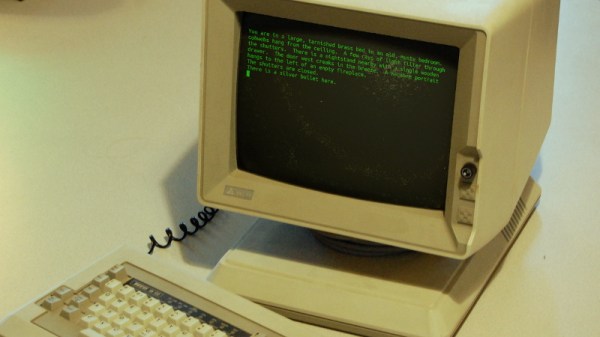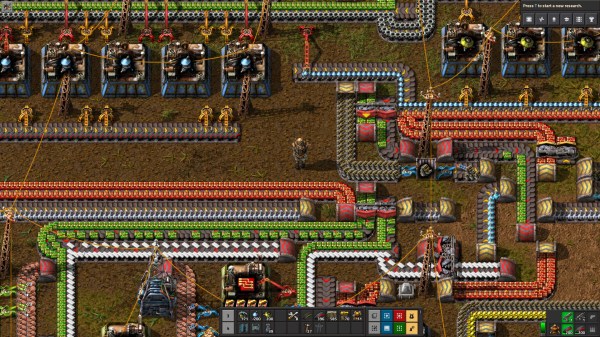As those of us with an interest in space exploration look forward with excitement towards new Lunar and Martian exploration, it’s worth casting our minds back for a moment because today marks a special anniversary. Sixty years ago on April 12th 1961, the Vostok 1 craft with its pilot Yuri Gagarin was launched from the Baikonur cosmodrome in what is now Kazakhstan. During the 108-minute mission he successfully completed an orbit of the Earth before parachuting from his craft after re-entry and landing on a farm near Engels, in the Saratov oblast to the south of Moscow.

In doing so he became the first human in space as well as the first to orbit the Earth, he became a hero to the Soviet and Russian people as well as the rest of the world, and scored a major victory for the Soviet space programme by beating the Americans to the prize. All the astronauts and cosmonauts who have been to space since then stand upon the shoulders of those first corps of pioneering pilots who left the atmosphere alone in their capsules, but it is Gagarin’s name that stands tallest among them.
In Russia the anniversary is being celebrated with particular fervour with special events, TV coverage, and a visit by President Putin to the landing site, and from space by the Russian cosmonauts in orbit on the ISS. Meanwhile space agencies closer to home are remaining tight-lipped, with NASA failing to mention that particular objective for ISS Expedition 65 crewmembers.
We consider that the politics of the Cold War should not be allowed to detract on our side of the world from the achievement of Gagarin and the engineers and scientists who placed him in orbit, thus we prefer to tell the whole story when dealing with space history. If you’d like to read a bit more Vostok history then we’d like to point you at the story of another Soviet cosmonaut, Valentina Tereshkova, the first woman in space.
Header image: Нина ПЕТРИЩЕВА, CC BY-SA 4.0.















